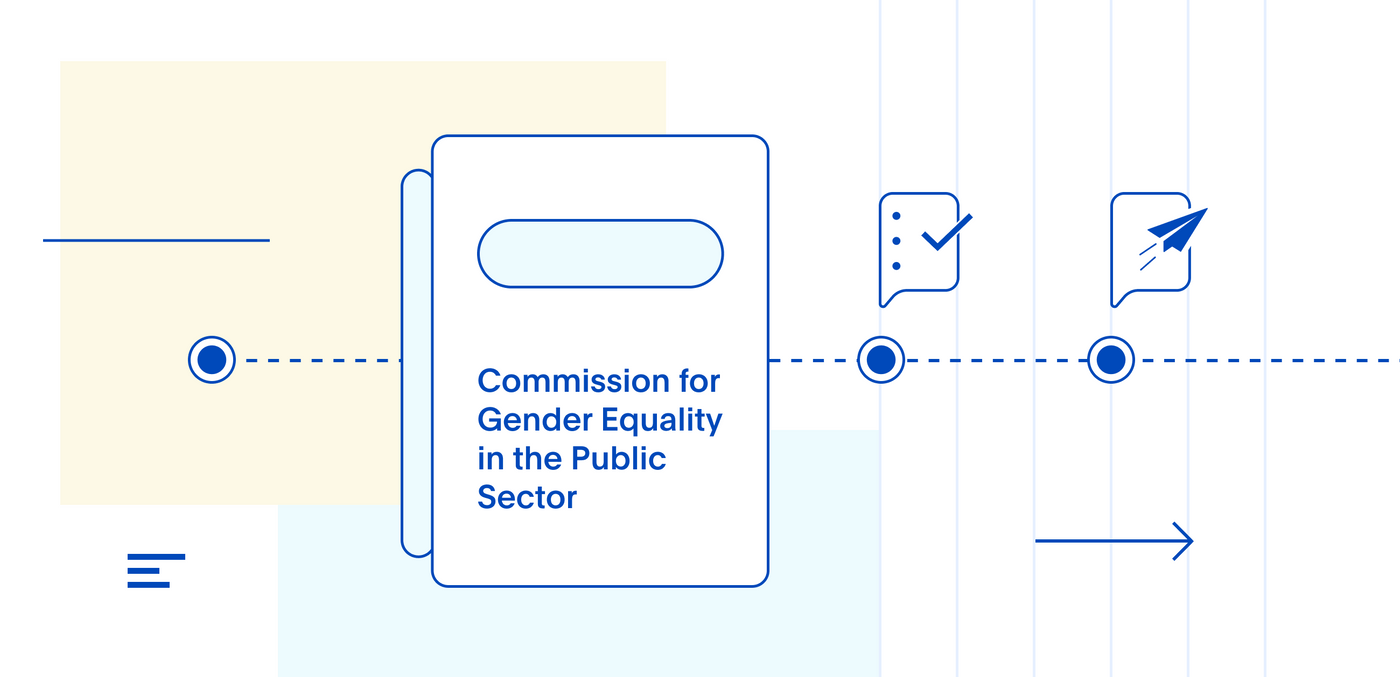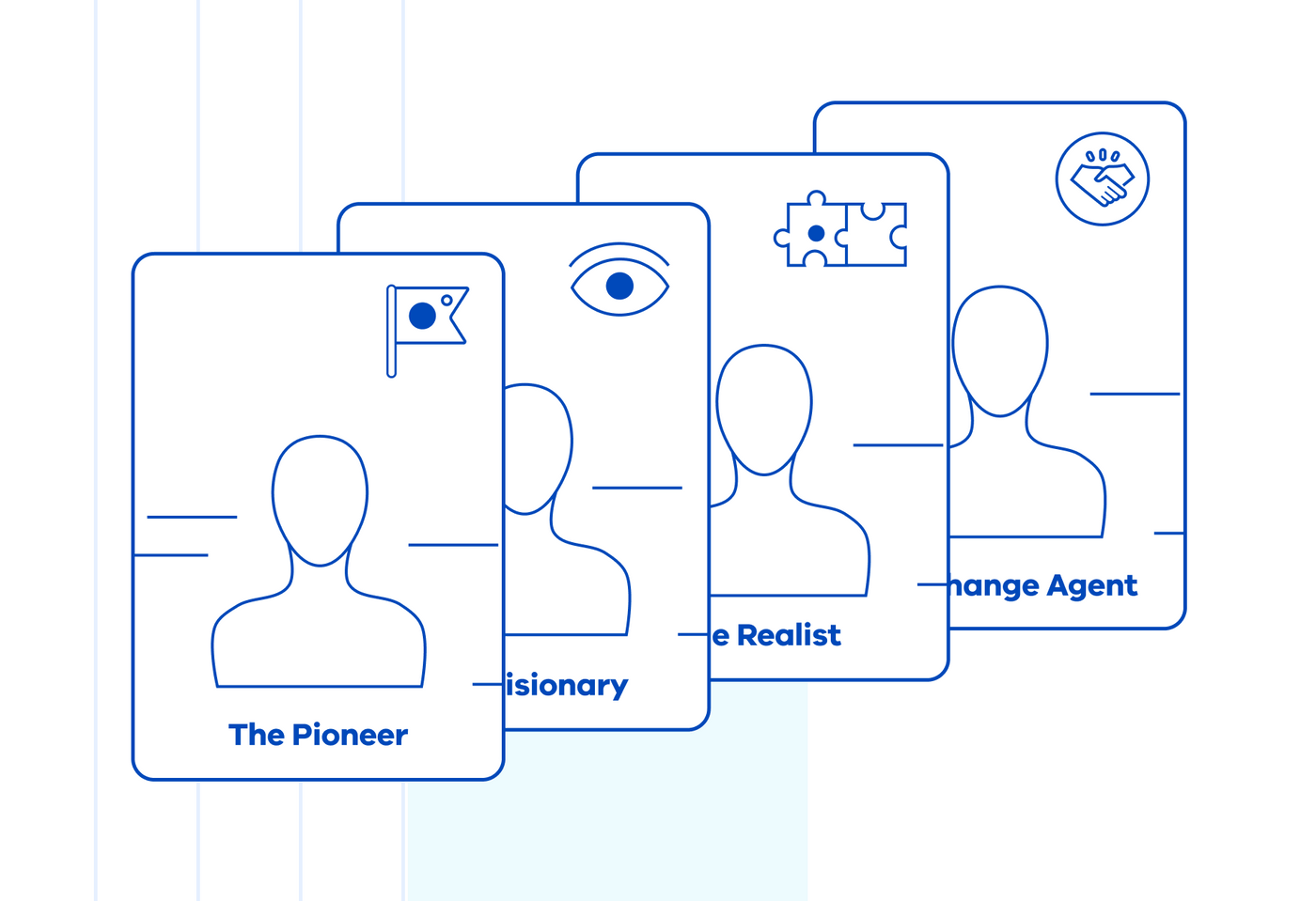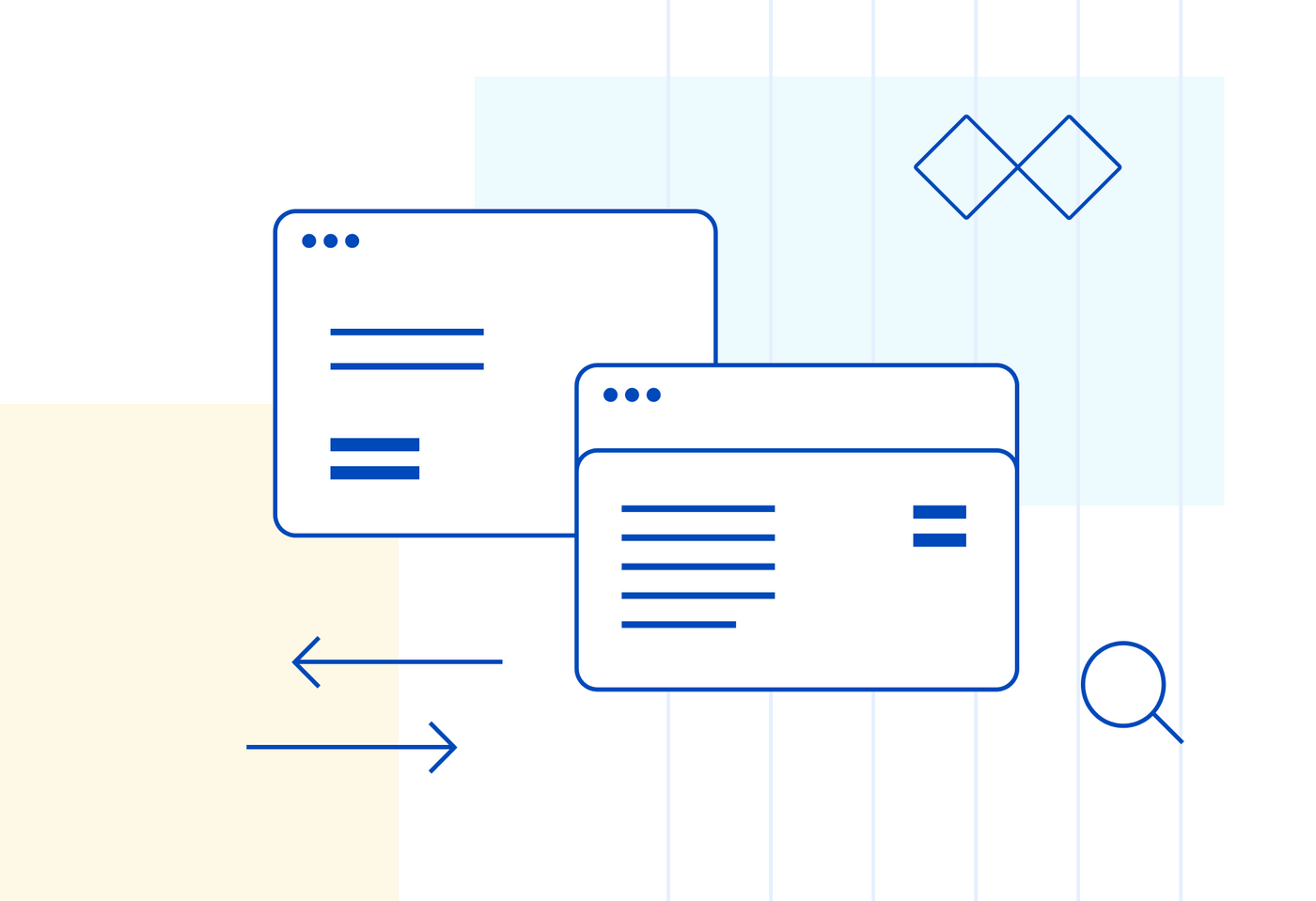
The Gender Equality Act 2020 aims to improve workplace gender equality across the Victorian public sector, universities and local council authorities. Over 300 organisations in these sectors will be required to capture workplace gender audits and submit subsequent Gender Equality Action Plans to the Public Sector Gender Equality Commissioner (the Commissioner) every four years, and progress reports every two years.
This platform and process will keep these authorities accountable towards improving gender equality within their workplace - something Portable were delighted to support through our work on this project.
The Commission for Gender Equality in the Public Sector (the Commission) selected Portable to undertake a discovery phase to scope out the design and development of an online reporting platform for public sector staff to use to submit their gender equality data, and for the Commission staff to use to track and analyse this data.
The Commission supports the Commissioner to oversee the implementation of the Act, and promote gender equality in the public sector workforce and the broader Victorian community.
Design challenge
In order to comply with the Act, users of the platform (i.e. staff from the Victorian public sector, universities and local council authorities) will create Gender Equality Action Plans every four years based on the results of their workplace gender audits. A Gender Equality Action Plan is a collection of documents and key progress indicators that aim to improve the organisation's baseline over time. Progress reports are captured every second year and are an internally-focused benchmark on how each organisation is tracking against their Gender Equality Action Plans.
The data that is captured and reported back to the Commission via the gender equality reporting platform will be used to generate insights highlighting progression towards gender equality, and will be publicly accessible from the Commissioner’s website.
Without a digital platform to support this process, you can imagine it would be incredibly resource-intensive for the Commission to manage. It was through our research into the user and technical requirements that we were able to consider how a digital platform could support this process while being as effective and efficient as possible for both the back and front end users.
The Act commences in March 2021, and the first reporting due date is in October 2021, so the Commission had to act quickly to find the best solution, before procuring a team to design and build the tool and we were just the team that they needed given our end to end expertise in user research, digital design and technical scoping.

Approach
We used a technology-based and human-centred design approach to understand the needs of different user groups.
User research
We began this project with a survey to capture the views of future users of the platform, understand their current approach towards gender equality reporting, their needs and potential barriers for reporting in the future. From there, we spoke to a selection of survey respondents and staff at the Commission in a series of one-to-one interviews and collaborative online workshops. These activities helped us to gain a deeper understanding of what this platform needed to do to be successful and useful. We also engaged with staff involved in technical delivery at the Department of Premier and Cabinet Victoria, to get an understanding of the existing technical landscape at the state government level so that we could identify any potential integrations with existing platforms and tools.
Technical review and market scan
Our technical team undertook a technical review and market scan to compare existing reporting platforms, provide a clear overview on costs, and assess whether the platform could be built using off-the-shelf platforms or if it needed to be bespoke built. We narrowed down the scope to market-leading Software as a Service (Saas) solutions, to ensure they would fit within the Commission’s technical landscape. As part of the assessment, we looked at the potential ways that each solution could be configured, customised or extended to meet the Commission’s requirements. We then weighed up the benefits and risks of different approaches we identified for the development of the platform.
Deliverables
Using the insights gained in the initial stage, we began to develop user personas, a service blueprint, technical features and requirements, while formulating our recommendation for the gender equality reporting platform.
User personas
The user personas enabled us to immerse ourselves in the context of different future users of the platform and see gender equality reporting from their perspective. They allowed us to understand the user’s current state of gender equality reporting, their organisational context, high priority user needs and change management support required for different user groups. These will be useful assets for the Commission going forward so they can be continually reminded of the needs of differing types of end-users.
Service blueprint
A service blueprint explores the people, processes, platforms and products that make up a system or service, and how they interact together over time. In our blueprint, we explored every step taken by each of the key users for the first two and four year reporting cycles of the Act. It provides the Commission with a visualisation of the future user experience to help guide them in platform and workflow set up.
Technical features and requirements
We then wrote up a technical features and requirements document to bring the insights from our technical review together. This document included the key categories to be considered when choosing, designing and building the gender equality reporting platform. Each category was broken down into a collection of functional and non-functional requirements to help the Commission ensure that the future reporting platform will provide the most user-friendly experience for gender equality reporting.
Cost comparison
For the cost comparison, we developed a total cost of ownership model for five years, to make a direct comparison between vendor licensing and related costs across multiple solutions. This took into account software licensing, infrastructure, upfront development, training and ongoing support, and maintenance costs. The total cost of ownership model included 21 variables designed to anticipate the future needs of the reporting platform that may impact the overall cost during this time.
Recommendations and approach
Finally, we packaged all of the insights, outputs mentioned above and our recommended next steps for implementation into a detailed report. This report provides the Commission with a useful roadmap and implementation schedule so that they can be well on their way to designing and building the platform.

Outcomes
- Achieving gender equality in the public sector is a huge task – it not only requires the development of a new platform and legislation but also change management within each of the organisations required to submit data on their workplace. We enjoyed helping the Commission to uncover their vision and take the steps to prepare for the development of a tailored reporting tool that all end-users will trust and enjoy using.
- The deliverables we provided the Commission gives them the strategic information they need to approach the next phase with confidence.
- The technical features and requirements document breaks down complex technical language into something that is easy to understand, so that the Commission’s project team can feel informed when they start to reach out to technical suppliers.
- Our service blueprint enabled the Commission to understand the breadth of change that was required by future users of the reporting platform. This change went beyond technical requirements to consider how engaged organisations were in gender equality, what level and type of support they needed to prepare for gender equality reporting and the ideal time for this to happen. We helped the Commission to uncover gaps in their thinking around how the reporting process would work, and surface their concerns about the level of change required and the kind of support team members wanted to be successful in their roles.
Margot Paxman, Senior Policy Officer, Commission for Gender Equality in the Public Sector:
“Portable's attention to detail, flexibility and enthusiasm for our project played an invaluable role in supporting implementation of Victoria's Gender Equality Act.”
Aishling Costello, Design Strategist, Portable:
“Collaborating with the Commission staff and people from the public sector organisations has been a fantastic experience. Their enthusiasm and willingness to explore and unpack the Act has elevated our human-centred design and appreciation for the importance of striving to achieve gender equality in the public sector.”
Download our report on co-designing with purpose
